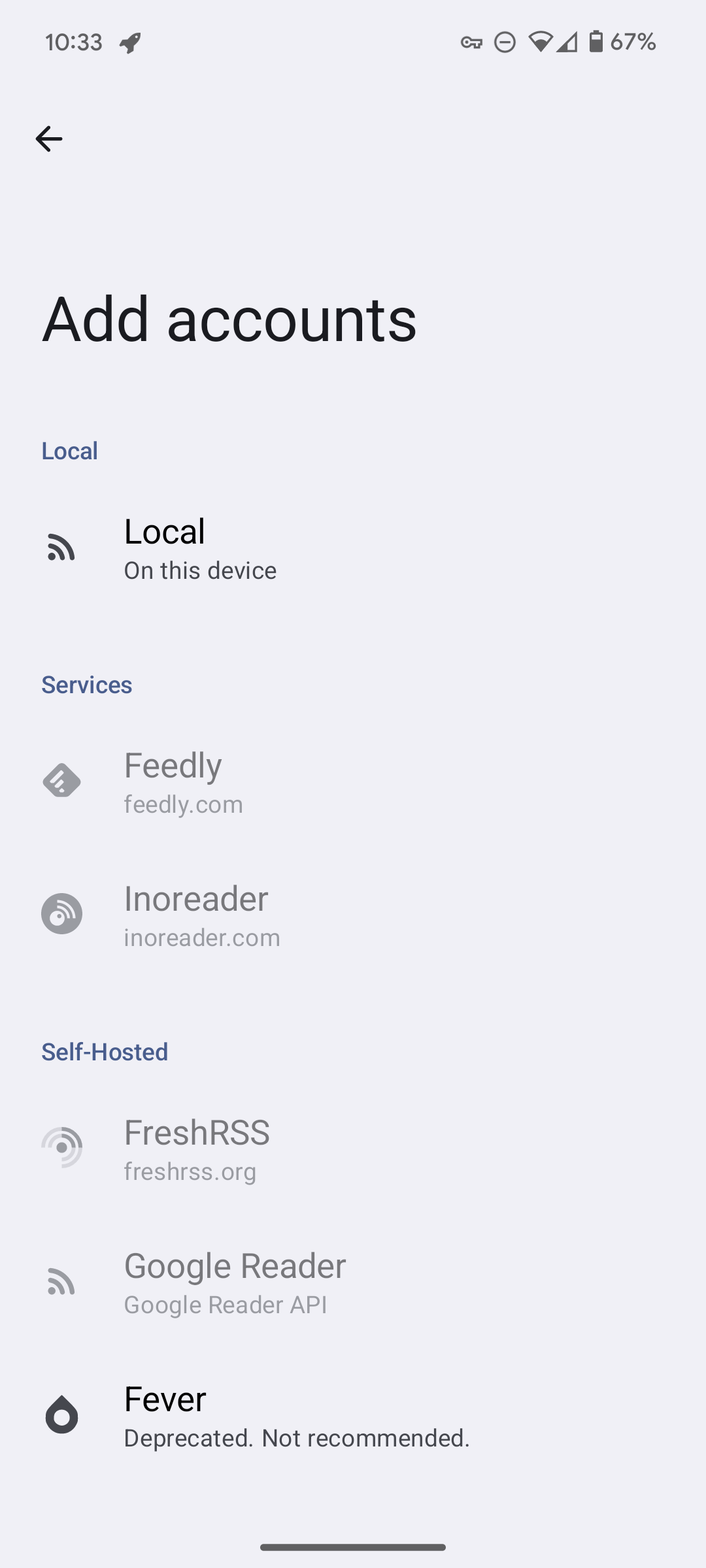

I think that that is right that I fundamentally want an archive, not what a normal mail server provides. Part of my thought on looking at mail servers is that those would integrate directly with whatever other front-end/client that I’d normally use, whereas an archive maybe would not.
And regarding archive-specific stuff, I am seeing some things on a search, but I guess i’m wondering if folks here have any recommendations. When I look at , for example, nothing comes up for email archive, just for email servers. That, plus what I see when searching, makes me think that the archive-specific stuff is either oriented to business or oriented to a CLI (like NotMuch, which was mentioned in the discussion here and does look cool).




it is indeed infrequent, but the modern world has trained me to expect convenience and instant-ness. Last time i wanted a 12-year-old email I was in the car with friends and and to pull it up. it wasn’t anything important at all, to be clear, but i’m hoping to search my 12-year-old emails with the same convenience as last month’s.